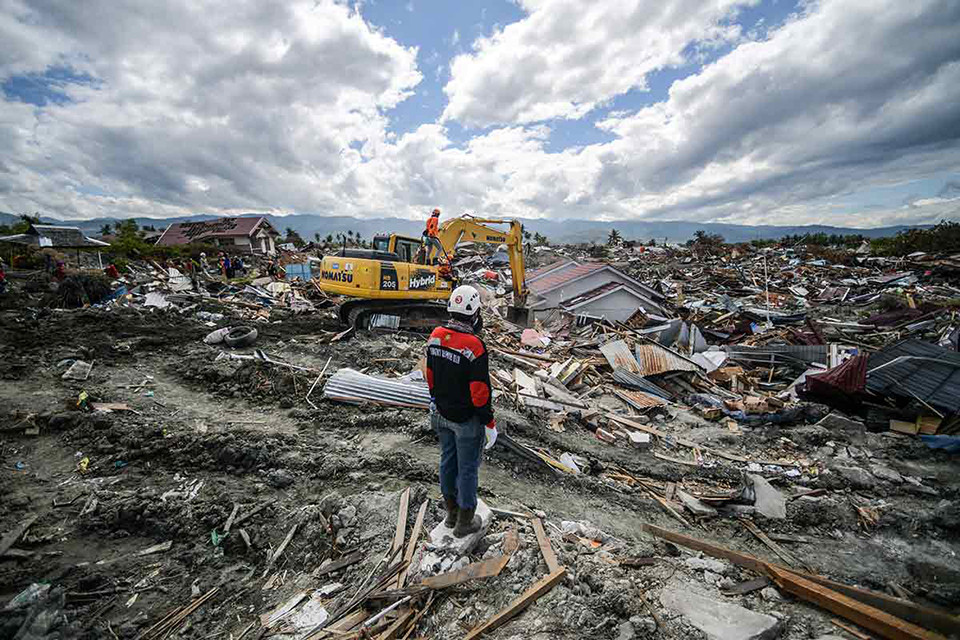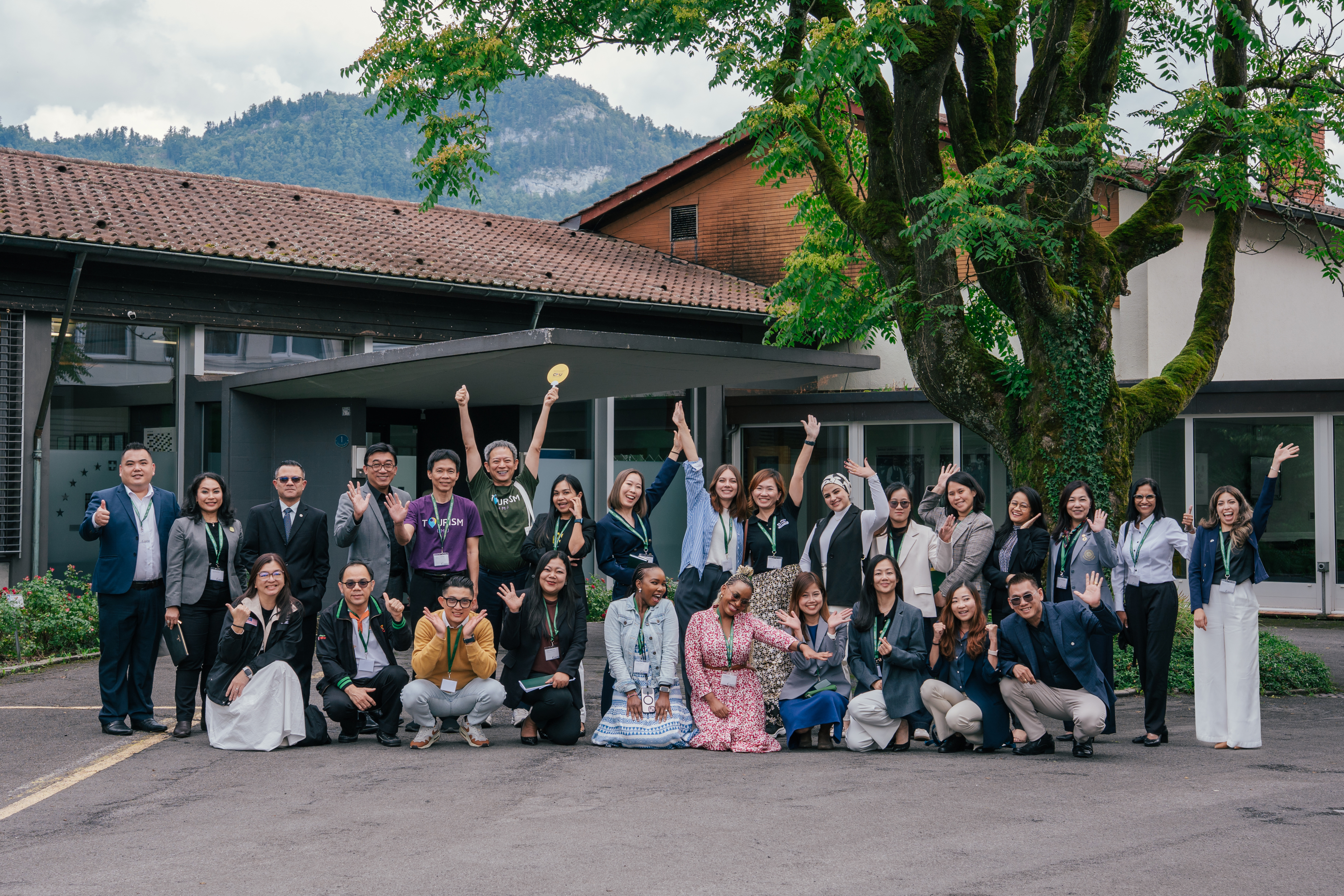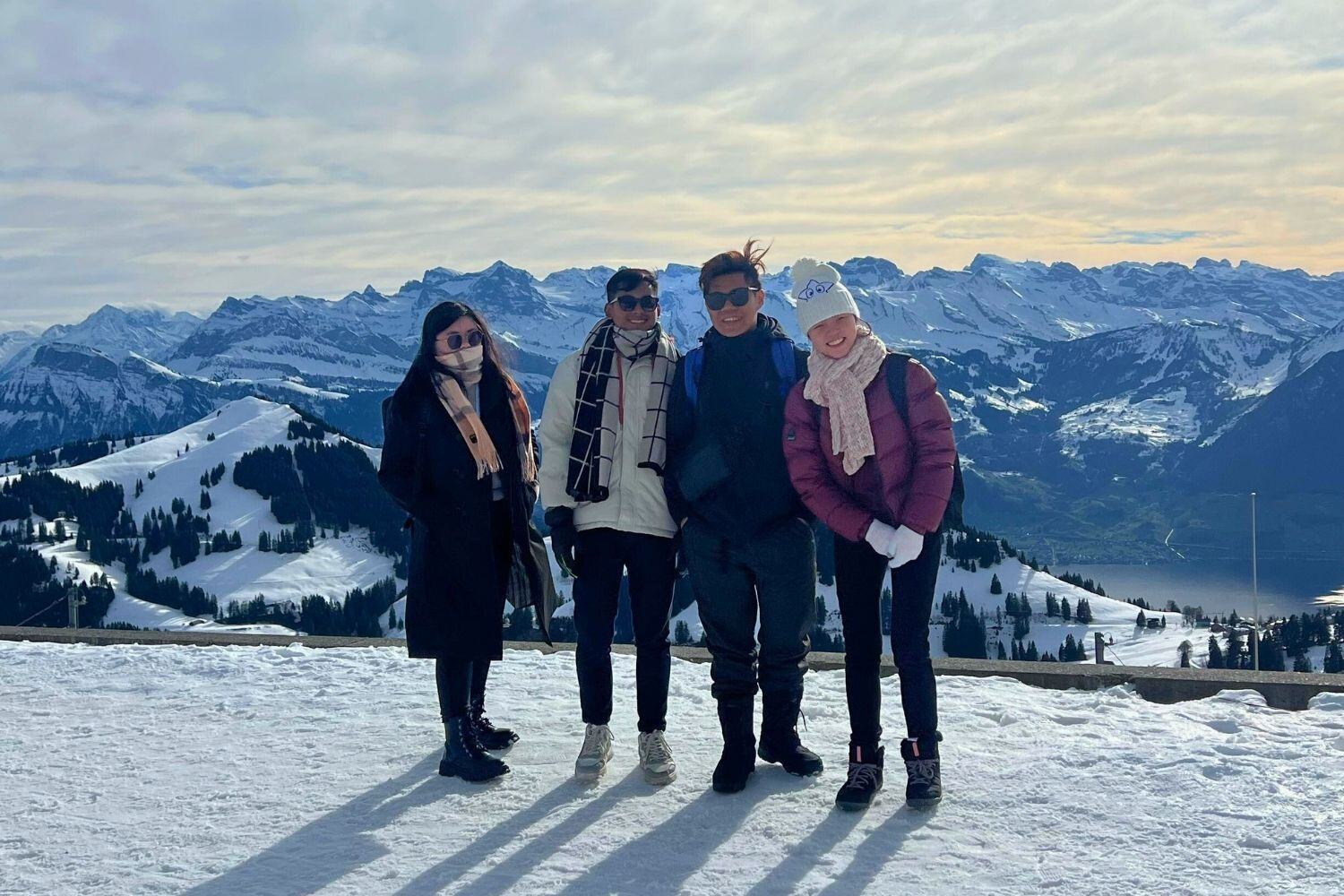Delving into Disasters
Sympathetic helpers or ghoulish voyeurs? We examine the motivations behind the 'disaster tourism' phenomenon and the impacts such visits can have on communities in recovery...




The recent Netflix documentary Aftershock: Everest and the Nepal Earthquake tells the horrific story of the 2015 natural disaster and its impact on the people of Nepal as well as the many adventure tourists caught on Mount Everest.
For most potential travellers, an area that had recently experienced such an event would be one to avoid (at least in the short-term while repair and recovery work was underway).
However, for some, it seems that a natural disaster can be a pull-factor for tourism, acting as an incentive to visit a specific site or region. The motivation behind this type of travel – known as disaster tourism – is something that we will investigate further in this article…
Courting Disaster
Disaster tourism is an industry trend closely associated with dark tourism – travel to a place associated with death and suffering – and, in both cases, the motivations and justifications for such activity are debatable.
What is not in debate, is that disaster tourism is a very real phenomenon.
This MDPI paper looks at the specific case of Nepal before and after the 2015 earthquake and notes the sharp increase in visitor numbers following the disaster.

What is interesting to observe here, is the lack of slowdown in the immediate aftermath of 2015’s events. The categories where this may have been most expected (Holiday and Trekking visitors) both show a sharp increase from 2015 to 2018.
And Nepal is not the only area afflicted by tragedy to see such impact.
Ukraine-based tour group SoloEast Travel specialises in visits to the area around 1986’s Chernobyl nuclear disaster.
Promoted as the Chernobyl Tour the company offers one-to-three-day visits where tourists can “learn the silent damage of the accident and the results of the operations of decontamination.”
Of course, the key difference between the two above examples is the immediacy with which tourism to the area could recommence.
Whereas tourism to Nepal seems to have shown no sign of slow-down or decline following the disaster of 2015, the radioactive air contamination around Chernobyl meant the area was unreachable for visitors for many years following the explosion.
Even now, an exclusion zone exists around the site of the Chernobyl plant and visitors can only get within a certain distance of the decommissioned reactors.
However, whether immediately or in the more mid-to-long term, it seems that both disasters stimulated a strong interest in the sites and led to a new market for tourism visits.
Help or Hindrance?
The ethical dilemmas associated with this type of tourism are complex.
On the one hand, disasters tend to have devastating economic impacts – businesses and livelihoods are lost, and the local population are often reliant on aid and charity organisations for food and support.
It is also an uncomfortable truth that not all disasters are equal. Depending on what part of the world the incident occurs in, the press coverage, international reaction and support efforts can be widely differing.

Whereas richer economies can respond to incidents quicker (and tend to have better developed infrastructure to allow this) poorer countries are less well equipped to get aid to the areas in need.
In the case of Nepal, tourism plays an important role in supporting the economy. (The sector accounted for approximately 2.6% of total GDP in the year prior to the earthquake.)
As hotels, restaurants and other tourism-related businesses tried to rebuild after the disaster, the swift return of visitors would have provided some much-needed cash flow.
Aside from the direct economic benefits, disaster tourism also offers the opportunity for visitors to educate themselves and enhance their cultural awareness.
As former British Prime Minister Winston Churchill observed: “those that fail to learn from history are doomed to repeat it.”
With both disaster and dark tourism, the travel experience can allow visitors to experience first-hand a site of significant historical importance.
Tourism to places such as the former Nazi concentration camp Auschwitz, keep us in touch with horrendous moments in history which we hope will never be repeated.
By offering educational tour guides, memorial museums, and a code of conduct for visitors, places like Auschwitz position themselves as educational sites where tourists can gain a fuller understanding of the atrocities that took place.

Whereas most tour operators who offer disaster tourism options are careful in their wording and marketing – ensuring due respect and reverence is paid to the events that took place – there are examples of less scrupulous companies glorifying tragedy or disaster in an insensitive manner.
Not only can this be incredibly painful to families of victims as well as survivors of more recent disasters, it also points to a more problematic topic of peoples’ motivations behind disaster tourism.
While it is to be hoped that most people who visit places that have experienced tragedy or disaster do so with good intentions, there will always be a few with more macabre interests who take some perverse pleasure from the experience.
Unfortunately, people’s intentions and motivations are not things that tour operators can really assess or understand in advance, a fact that can sometimes bring into question the ethics of this whole tourism sub-sector.
Here to stay?
Whatever the ethical dilemmas – and there are many – it seems disaster tourism is one of the industry’s growing trends and something that, at least in the short term, is here to stay.
With more operators and guides taking advantage of the notoriety and interest in such locations, there is a delicate balance to be struck between ethical tourism, economic support, and the needs of the local community.
How quickly should tourism return to an area hit by disaster? How best to ensure that such tourism is not exploitative? How can the best interests of the local community be supported? These are all questions that must be considered.
It will certainly be interesting to observe where the balance falls as this niche industry develops over forthcoming years…
Find out more about IMI's hospitality and tourism degrees on our main website.



